EPA-Approved: Learning Compliance in Commercial Cleaning Services
Thrusting off the blog with a spotlight on the role played by EPA-approved commercial cleaning services in upholding both hygiene and environmental responsibility sets the stage for a profound discussion. It’s not merely about meeting legal obligations; it’s a dedicated pledge to the well-being of individuals, the safety of spaces, and the enduring sustainability of our planet. Aligning with EPA standards becomes the compass guiding these services, ensuring that every sanitizing swipe and every cleanliness commitment contributes not only to compliance but also to a healthier, safer, and more sustainable world for us all. It transforms the act of cleaning into a conscientious endeavor that echoes through the realms of health, safety, and EPA-approved environmental stewardship.
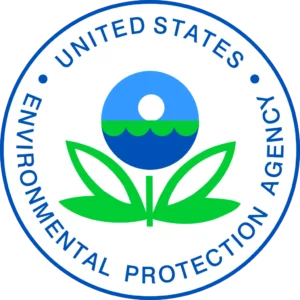
Section 1: Understanding EPA Regulations for Cleaning Chemicals
This loosens the difficult regulations of the EPA that govern the intricate of cleaning chemicals. This comprehensive exploration aims to demystify the multifaceted criteria that delineate environmentally friendly and safe cleaning products. It transcends the conventional understanding of cleaning by infusing it with a conscientious choice of substances—ones that not only obliterate dirt but do so with a commitment to ecological well-being and user safety.
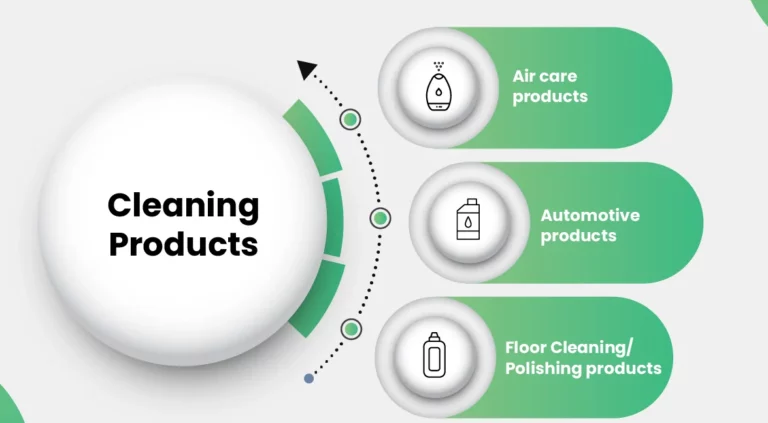
As the narrative unfolds, the spotlight intensifies on the paramount importance of employing EPA-approved chemical disinfectants. These aren’t merely products; they are endorsements of adherence to stringent standards set by the Environmental Protection Agency. The discussion transcends the mere application of these disinfectants, reaching into the critical arena of proper storage and disposal procedures for cleaning chemicals. It’s not just about what goes into the cleaning process but how it’s handled from procurement to disposal.
In crossing this regulatory landscape, businesses in the cleaning industry aren’t just navigating compliance complexities; they are actively contributing to a safer, greener, and more sustainable cleaning landscape. Each decision to align with EPA standards becomes a step towards a future where cleaning is not just a task but a conscientious endeavor, where the chemicals used echo a commitment to a healthier environment and a safer space for all.
Section 2: Indoor Air Quality Standards
This section peels back the layers of Indoor Air Quality (IAQ) Standards, meticulously crafted by the EPA and integral to the narrative of responsible cleaning practices. In this deep dive, we spotlight the meticulous guidelines that carve the path toward maintaining optimal indoor air quality during cleaning activities, an essential cornerstone for any EPA-approved regimen.
Within this, the discourse expands to encapsulate the profound impact of cleaning products on the air we breathe. It transcends the visible removal of dust; it’s an exploration of how each cleaning agent, meticulously chosen to align with EPA-approved standards, either contributes to or detracts from the air quality within our spaces. The unfolding narrative reveals the intricacies of maintaining a harmonious balance between hygiene and the purity of the air we breathe—a delicate dance where every cleaning decision resonates in the atmosphere.
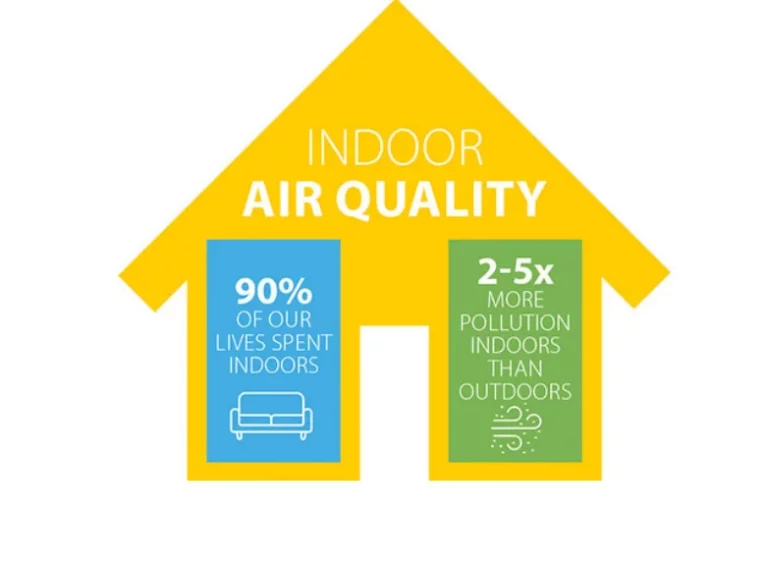
A focal point emerges, highlighting the imperative need for strategic ventilation strategies. This isn’t a mere technicality; it’s a proactive measure crafted to minimize exposure to potentially harmful fumes that may arise during cleaning activities. It’s an intricate choreography between cleanliness and breathability, underscoring the symbiotic relationship between effective sanitation and the well-being of those who inhabit the space.
As our narrative continues to unfold, a beacon of responsibility shines brightly—choosing cleaning products with low Volatile Organic Compound (VOC) content. This is more than a mere suggestion; it’s a conscientious decision, echoing a steadfast commitment to the preservation of air quality. The profound significance of this choice resonates through the spaces we clean, ensuring that every act of sanitation contributes positively to the very air we rely on for sustenance. It’s a narrative of responsibility, where each chosen product becomes a harmonious note in the symphony of EPA-approved cleanliness, safeguarding not just surfaces but the air we all share.
Section 3: Waste Management and Disposal
Section 3 reveals the intricate web of Waste Management and Disposal regulations meticulously outlined by the EPA, an essential aspect of any EPA-approved cleaning regimen. This segment transcends mere guidelines; it’s a profound exploration into the responsible handling of waste generated during cleaning activities, transforming what may seem mundane into a crucial aspect of environmental stewardship.
The narrative commences by unraveling the layers of the EPA’s regulations, providing clarity on the meticulous standards governing the proper disposal of waste in the aftermath of cleaning endeavors. It’s more than just discarding refuse; it’s about understanding and meticulously adhering to a structured framework that aligns seamlessly with the principles of environmental preservation—a vital component of any EPA-approved waste management strategy.
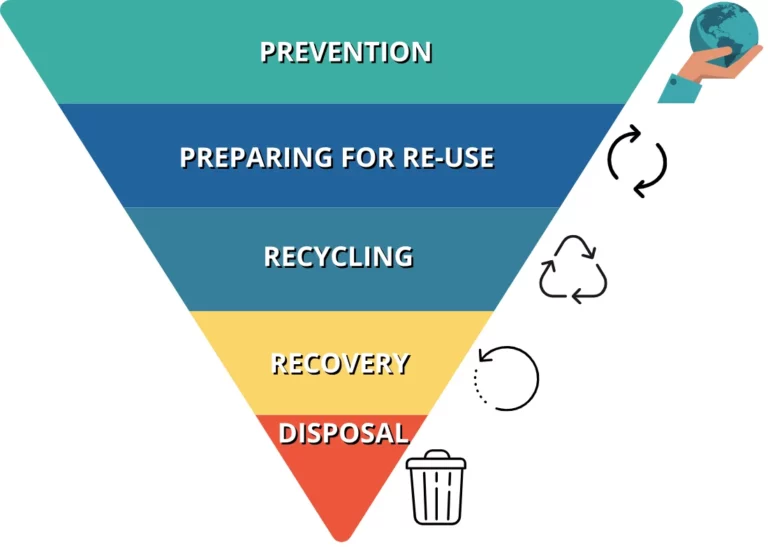
As we go deeper into this section, the focus sharpens on the categorization of cleaning waste—those used cleaning cloths and disposable materials that might be easily overlooked in the grand scheme of sanitation. By shedding light on these specifics, the narrative underscores the critical importance of a nuanced approach to waste management, ensuring that each item finds its designated place in the larger environmental puzzle—a puzzle carefully crafted to meet the stringent standards set by the EPA.
A juncture in this exploration is the dissemination of practical tips, offering actionable insights into implementing effective waste management practices. It’s not just about compliance; it’s about going beyond the regulations to actively minimize the environmental impact of the waste generated during cleaning activities. These tips serve as a compass, guiding businesses and individuals toward a more sustainable approach to waste management—a journey that extends beyond regulatory checkboxes, fostering a culture of responsibility that resonates far beyond the act of cleaning.
Section 4: Water Conservation and Efficiency
Boarding on the exploration of Section 4 opens the floodgates of knowledge regarding Water Conservation and Efficiency—an imperative facet of responsible commercial cleaning practices, as outlined and recommended by the EPA. This section doesn’t merely follow the conventional narrative of cleanliness; it plunges into a profound dive into the conscious use of a precious resource that sustains life—an exploration deeply embedded in the principles of EPA-approved sustainability.
The narrative commences by delicately touching upon the EPA’s specific recommendations for water usage for commercial cleaning. It transcends the mere volume of water; it’s about understanding the nuanced balance between effective cleaning and judicious water consumption. This insight becomes a cornerstone for businesses seeking not only compliance but a more sustainable and responsible approach to their cleaning endeavors—an approach rooted in the guidelines set by the EPA.
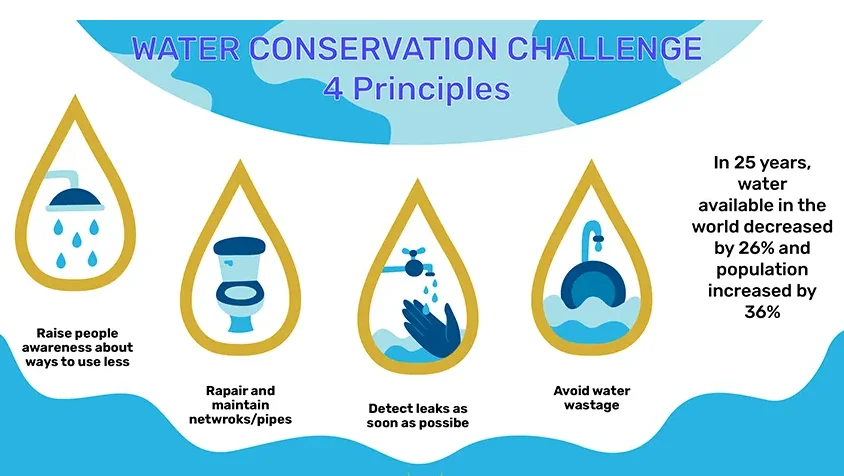
The discussion expands to embrace the critical importance of water conservation, particularly in regions susceptible to drought. It’s a call to action that resonates far beyond mere compliance; it’s a poignant reminder that the responsible use of water isn’t just a regulatory requirement but a conscientious choice that contributes to the larger effort of preserving this vital resource for future generations—a commitment aligned with the EPA-approved principles of environmental stewardship.
The spotlight intensifies as we delve into water-efficient cleaning practices, introducing actionable insights into the adoption of methods that go beyond compliance to actively minimize water usage. The utilization of microfiber cloths and mop systems becomes a beacon in this discussion. These aren’t just tools; they are instruments of change, offering an efficient and sustainable alternative that significantly reduces water consumption while maintaining the highest standards of cleanliness—a paradigm shift in cleaning practices that aligns seamlessly with the EPA’s vision for a greener and more sustainable future.
Section 5: Training and Certification
The educational journey through Section 5 illuminates the paramount importance of Training and Certification of commercial cleaning services—an indispensable pillar that transcends the mop and bucket, shaping a workforce well-versed in the intricacies of EPA-approved compliance.
The narrative unfurls by emphasizing the profound significance of training cleaning staff on the nuanced aspects of EPA compliance. It goes beyond being a mere procedural exercise; it’s a strategic investment in building a workforce that comprehends the gravity of their role in maintaining not just cleanliness but environmental responsibility. Through targeted training, employees evolve into frontline advocates for sustainable cleaning practices, ensuring that every swipe and scrub aligns seamlessly with stringent EPA-approved environmental standards.
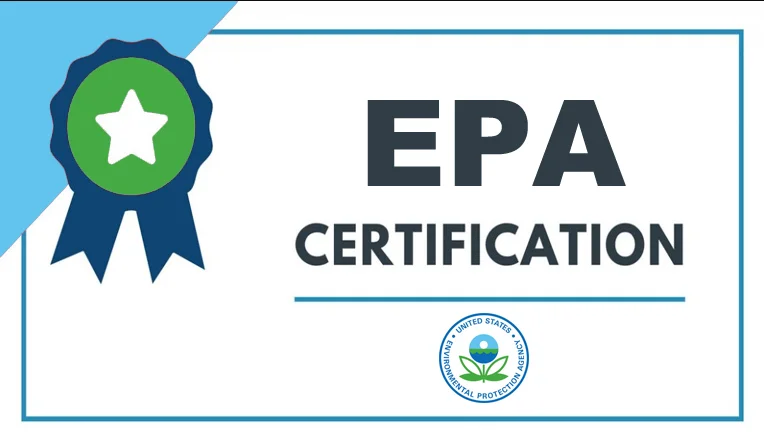
To accentuate the invaluable benefits derived from having certified professionals within the cleaning ranks. Certification isn’t just a badge; it stands as a testament to an individual’s unwavering commitment to understanding and adhering to stringent environmental regulations. Certified professionals emerge as the vanguards of responsible cleaning, infusing each task with a level of expertise that transcends routine sanitation. Their heightened awareness becomes a shield against potential environmental hazards, thereby elevating the standard of cleaning services to a higher level—a standard that aligns resolutely with EPA-approved principles.
To empower businesses and individuals in their relentless pursuit of excellence, the narrative seamlessly integrates information on available EPA certification programs tailored specifically for cleaning services. These programs transcend being mere educational endeavors; they represent pathways to expertise, offering a meticulously structured curriculum that equips professionals with the knowledge and skills needed to navigate the intricate landscape of EPA-approved compliance. This educational journey becomes a beacon, guiding professionals towards a future where their expertise isn’t just a testament to their proficiency but a commitment to a cleaner, greener, and EPA-approved commercial cleaning industry.
Section 6: Reporting and Documentation
This illuminates the importance of Training and Certification of commercial cleaning services—an indispensable pillar that transcends the mop and bucket, shaping a workforce well-versed in the intricacies of EPA-approved compliance.
Emphasizing the profound significance of training cleaning staff on the nuanced aspects of EPA compliance. It goes beyond being a mere procedural exercise; it’s a strategic investment in building a workforce that comprehends the gravity of their role in maintaining not just cleanliness but environmental responsibility. Through targeted training, employees evolve into frontline advocates for sustainable cleaning practices, ensuring that every swipe and scrub aligns seamlessly with stringent EPA-approved environmental standards.
It expands to accentuate the invaluable benefits derived from having certified professionals within the cleaning ranks. Certification isn’t just a badge; it stands as a testament to an individual’s unwavering commitment to understanding and adhering to stringent environmental regulations. Certified professionals emerge as the vanguards of responsible cleaning, infusing each task with a level of expertise that transcends routine sanitation. Their heightened awareness becomes a shield against potential environmental hazards, thereby elevating the standard of cleaning services to a higher class—a standard that aligns resolutely with EPA-approved principles.
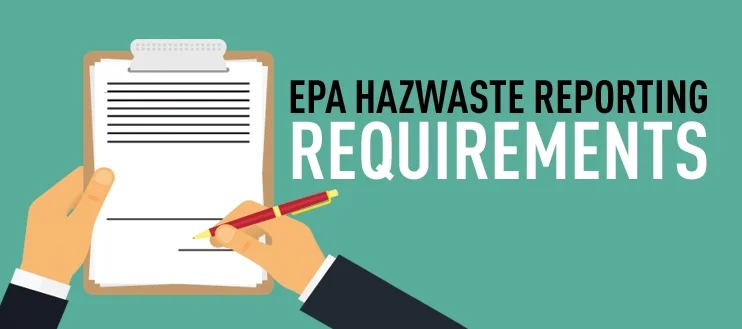
To empower businesses and individuals in their relentless pursuit of excellence, the narrative seamlessly integrates information on available EPA certification programs tailored specifically for cleaning services. These programs transcend being mere educational endeavors; they represent pathways to expertise, offering a meticulously structured curriculum that equips professionals with the knowledge and skills needed to navigate the intricate landscape of EPA-approved compliance. This educational journey becomes a beacon, guiding professionals towards a future where their expertise isn’t just a testament to their proficiency but a commitment to a cleaner, greener, and EPA-approved commercial cleaning industry.
We’re eager to hear from you! Share your experiences and challenges related to EPA compliance in the commercial cleaning industry. Your insights are invaluable, and by exchanging knowledge, we can collectively elevate the standards of environmental responsibility. Whether you’ve triumphed over a compliance hurdle or faced a unique challenge, your story matters. Engage with us, and let’s foster a community where experiences are shared, and solutions are found.
Additionally, consider exploring additional resources and training programs to stay ahead of environmentally responsible practices. The journey towards sustainability is dynamic, and continuous learning is key. By staying informed and participating in relevant programs, you not only enhance your skills but also contribute to a community that prioritizes responsible cleaning practices.
Let’s build a dialogue where experiences are shared, challenges are met with solutions, and together we propel the commercial cleaning industry towards a future where environmental responsibility is not just a goal but a shared commitment. Your voice matters—join the conversation!